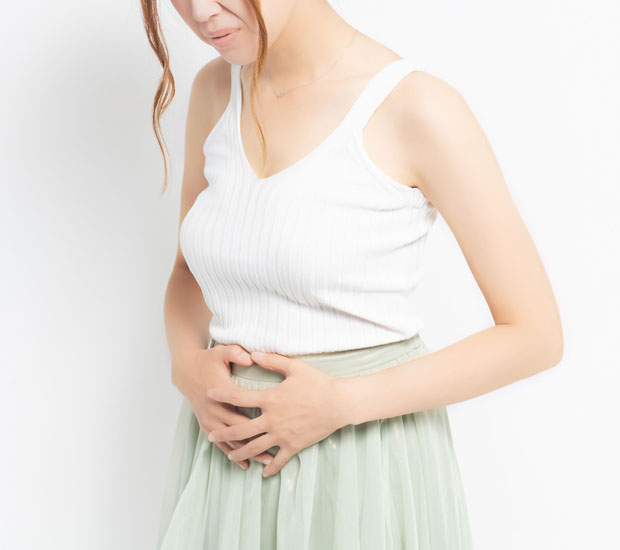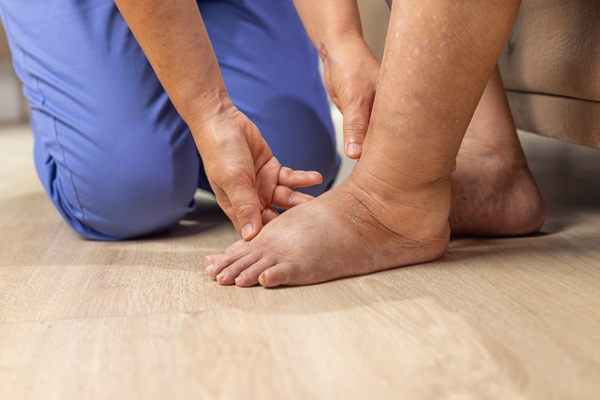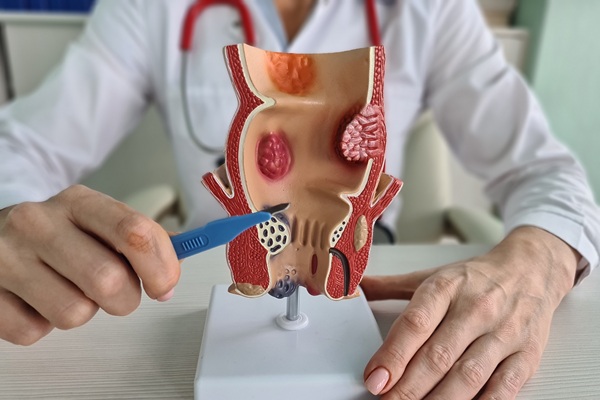Fibroid TreatmentOrange, CA
Uterine fibroids are benign growths resulting from imbalanced hormones in the body that can grow as large as a grapefruit without proper treatment. Our team can provide various treatment options that can take preserving a patient’s fertility options into account.
Vascular and Interventional Specialists of Orange County offer minimally invasive treatment options for patients instead of hysterectomy or surgery. To learn more or schedule a consultation, call us today at 714-598-1194.
Uterine Fibroids Explained
Uterine fibroids are benign (non-cancerous) growths in or around the uterus. There are many types of uterine fibroids, ranging from small to large. Most fibroids are asymptomatic and are discovered during a routine pelvic exam or ultrasound for another reason.
If a patient shows symptoms or signs of uterine fibroids, it is usually because one or more fibroids have become large enough to cause pressure on the bladder or rectum. If that is the case, the patient may experience pain in those areas, on one side of the pelvis or lower abdomen.
Check out what others are saying about our Fibroid Treatment services on Yelp: Fibroid Treatment Orange
Signs and Symptoms of Uterine Fibroids
Uterine fibroids are a common condition that can go undetected for a while. However, when patients experience any specific symptoms, it is time to seek medical care. These symptoms include:
- Excessive bleeding or heavier menstrual cycles
- Bleeding after the menstrual cycle has ended
- Pain during urination, sexual intercourse, and in the lower abdomen
- Bloating
- Constipation
- Fatigue
- Feelings of heaviness in the lower part of the abdomen
- Difficulty urinating
- Anemia
- Infertility
While these symptoms can seriously affect the quality of a patient's life, it is important to note that fibroids do not increase the patient's risk of uterine cancer. Though this is a common belief, the growths are not considered to be precancerous tumors like Cervical Intraepithelial Neoplasia (CIN).
Causes of Uterine Fibroids
It is important to note that each patient is unique, so that uterine fibroid causes may vary. While concrete causes of fibroids are unclear, researchers have found several conditions can be directly related to growth. Potential conditions to consider include:
- High body mass index (BMI)
- Genetically predisposed
- Estrogen dominance. When tissue similar to the lining of the uterus grows outside it
- History of pelvic inflammatory disease. An infection that can spread from sexual contact or other methods
- History of uterine cancer
Diagnosis and Testing
There are several methods for diagnosing uterine fibroids. Once patients schedule an appointment with our team, they will meet with an interventional radiologist. They will have time to explain their concerns and symptoms before reviewing their medical history. It is good to note that the doctor will ask the patient about their most recent menstrual cycle and how long it lasted.
From there, a physical exam may be performed. In some cases, the doctor may order more tests. Possible tests include an MRI, ultrasound, blood tests, saline infusion sonohysterography or saline ultrasound, and computed tomography.
Magnetic resonance imaging (MRI)
An MRI can give a more detailed picture of the patient's body inside and help the doctor confidently confirm the diagnosis by providing more information about the fibroids' size, shape, and location(s).
Ultrasound
Ultrasounds are a simple and non-invasive use of sound waves to detect fibroids, regardless of their size. The process of an ultrasound is simple, quick, and painless. The patient will lie on our examination table while the doctor uses a probe and water-soluble gel to get an image inside the uterus.
Saline infusion sonohysterography (SIS) or (SHG) and saline ultrasound
SIS is used during an ultrasound by the doctor to garner a better image of the patient's uterus and its activity. The process involves the doctor injecting a sterile saline solution into the patient's uterus before performing an ultrasound.
Blood tests
The doctor may order two blood tests. These tests can include a Complete Blood Count (CBC) and iron tests. The main purpose of these two tests is to determine whether or not the patient has anemia or iron deficiency anemia.
Computed tomography (CT)
A CT scan, commonly called a CAT scan, will scan the patient's body using an X-ray from multiple angles to get a more detailed image.
Treatment Options
Our interventional radiologist offers a minimally invasive interventional procedure called uterine artery embolization (UAE). It is a non-surgical alternative to hysterectomy and myomectomy. It can also help treat fibroids that have grown into the uterus wall, making them difficult to remove surgically.
The procedure involves blocking blood flow to fibroids by inserting blood-clotting material into the arteries that feed them. The material will block off the artery and stop blood from reaching the fibroids, causing them to shrink and die.
The UAE procedure can be done as an outpatient procedure with little or no recovery time required afterward. Depending on the patient's health and condition, the doctor may suggest different types of anesthesia for this procedure; general anesthesia or local anesthesia with sedation (conscious sedation). General anesthesia means the patient will sleep during the process; local anesthesia with sedation means they will stay awake but relaxed during the process.
Following the procedure, patients should feel their symptoms alleviate over time. Our doctor may recommend a follow-up appointment to ensure the patient is progressing as expected. If, after the procedure, the patient's symptoms worsen or there is no change to their condition, we encourage them to call our office to set up an appointment. If everything progresses smoothly after the procedure, patients must keep up with their annual physicals to maintain optimal health.
Frequently Asked Questions
Could uterine fibroids affect fertility?
Yes. However, it depends on their severity. The treatment options above are to remove the fibroids before they cause fertility issues. For some, fibroids may return after a procedure. If this is the case for you, our specialists will advise on an alternative treatment option.
What is my expected recovery time?
Every patient is unique; therefore, recovery depends on the patient's specific case and procedure type. Fortunately, the procedure types mentioned above have a shorter recovery time than surgical options. Our dedicated team will be here for you during every step of the process to ensure your recovery is progressing as expected.
Can fibroids be prevented?
Unfortunately, there are no known preventative methods for fibroids. However, we may offer some information during your appointment to reduce the chances of recurrence. Also, we may offer patient methods (OTC medications, prescriptions) to temporarily alleviate fibroid-related symptoms in-between appointments.
Which treatment option is best for me?
After reviewing your medical history, symptoms, and test results, our doctor will recommend an effective treatment option. Of course, if there are questions or concerns regarding the recommendation, feel free to discuss them with the doctor.
Will my insurance cover these treatment options?
It depends on your insurance plan and coverage. Confer with your provider about fibroid treatment options. Alternatively, you may contact our office to discuss finance options.
Call Us Today
Uterine fibroids are a common but painful condition that can negatively affect a woman's physical health. However, the treatment process does not have to be stressful. The first step you should take is to call our office at 714-598-1194 to schedule an appointment so that we can begin your treatment process.
Vascular & Interventional Specialists of Orange County is located at 1010 W La Veta Ave Suite 320 Orange, CA 92868.





